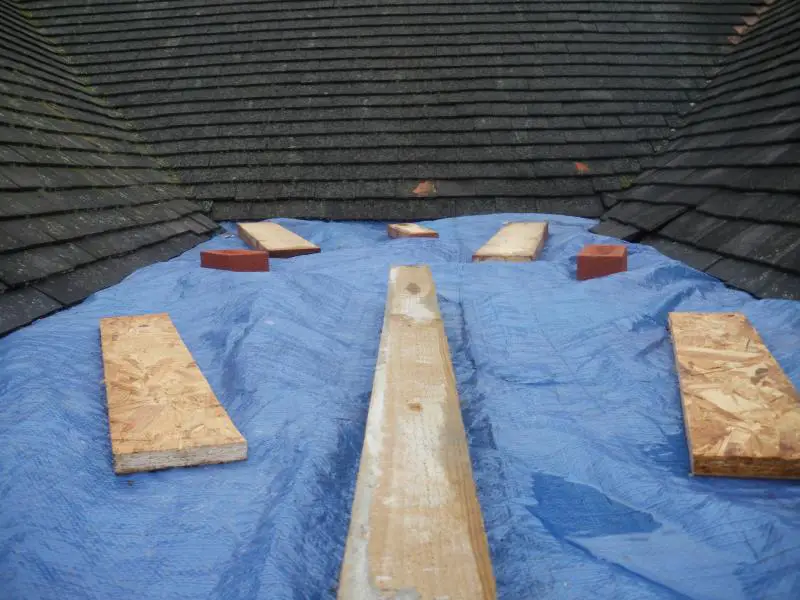Hi all
Firstly thanks for any replies.
I am part way through extending my porch , all done via local B.C.O as part of a larger extension to our property.
I am moving my porch forward by some two metres between two hip bay roofs on a bungalow, by constructing a flat roof between the bays.
I have joisted across between two walls on the bays, and have firrings with the deck boarding on.
Now the next stage, weather allowing, is to remove the bay roof tiles around the area, as i believe i have to provide some additional boarding up the hip bay rafters to accomodate the felting across the flat roof.
Can someone enlighten me as to how far up the rafters i need to go from the flat roof decking, and what is a sensible thickness marine ply to use for this purpose ( or am i barking up the wrong tree even).
The ply on the decking is 20mm, but this would be too thick to go up the rafters, so i was thinking about 9mm?
Any guidance appreciated, many thanks
Tufty
![]()
Firstly thanks for any replies.
I am part way through extending my porch , all done via local B.C.O as part of a larger extension to our property.
I am moving my porch forward by some two metres between two hip bay roofs on a bungalow, by constructing a flat roof between the bays.
I have joisted across between two walls on the bays, and have firrings with the deck boarding on.
Now the next stage, weather allowing, is to remove the bay roof tiles around the area, as i believe i have to provide some additional boarding up the hip bay rafters to accomodate the felting across the flat roof.
Can someone enlighten me as to how far up the rafters i need to go from the flat roof decking, and what is a sensible thickness marine ply to use for this purpose ( or am i barking up the wrong tree even).
The ply on the decking is 20mm, but this would be too thick to go up the rafters, so i was thinking about 9mm?
Any guidance appreciated, many thanks
Tufty



